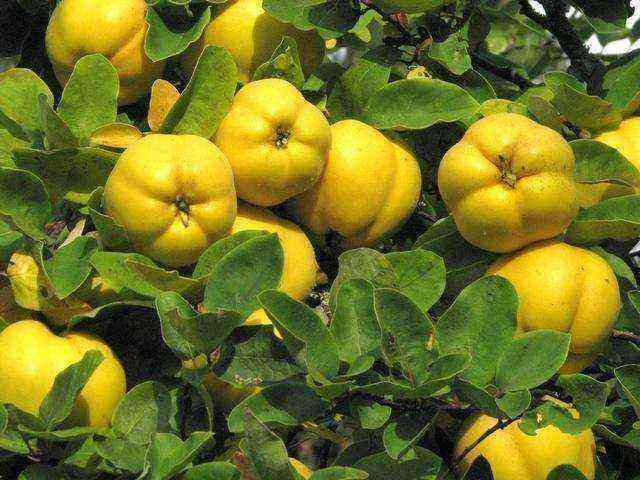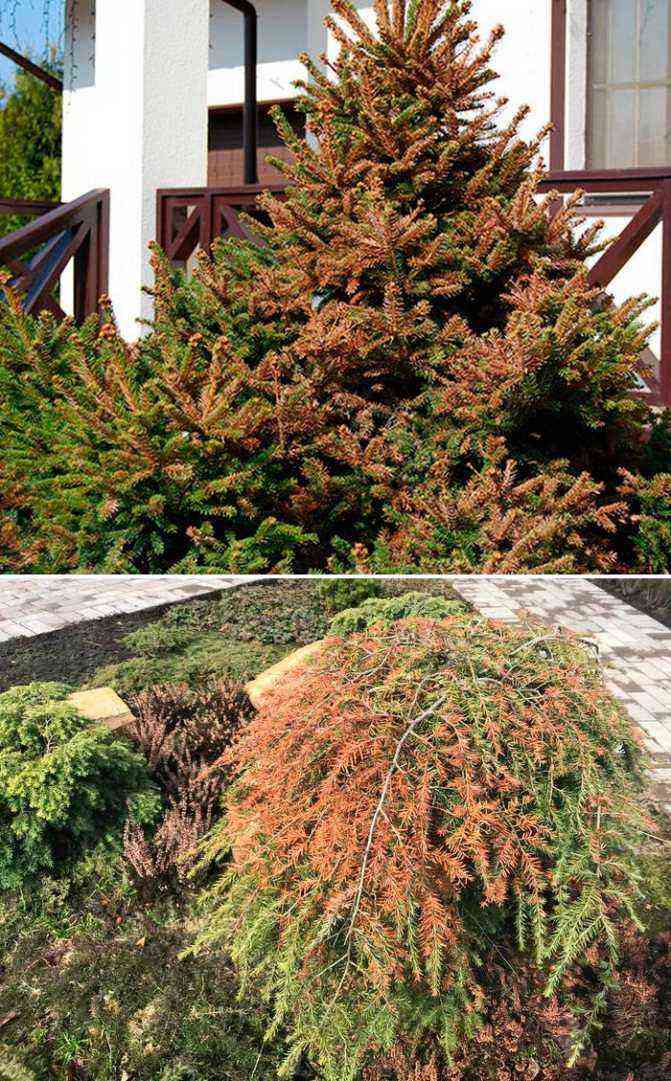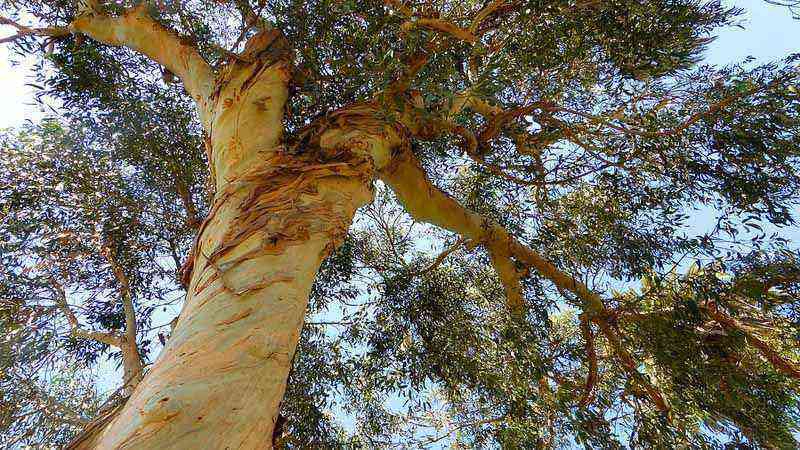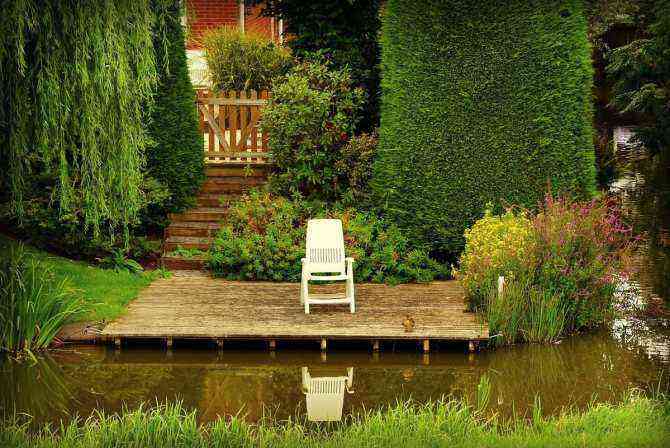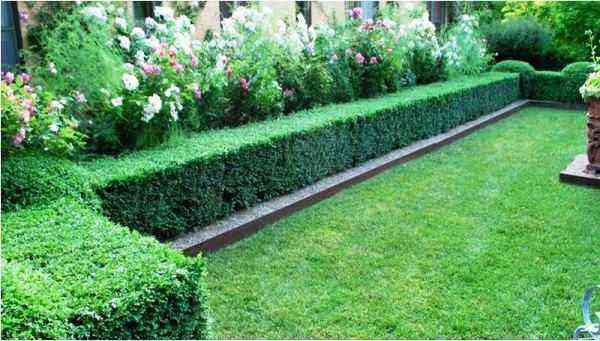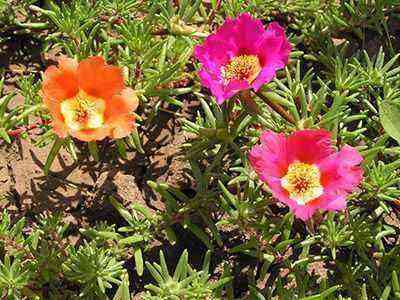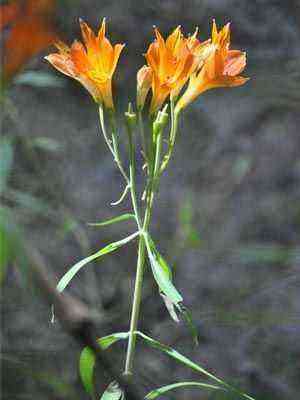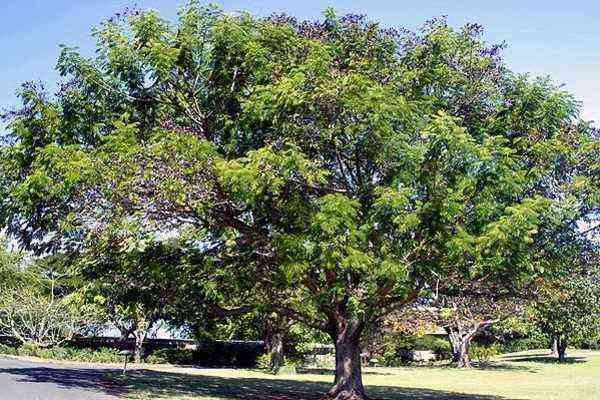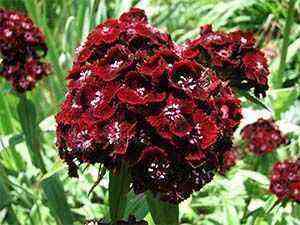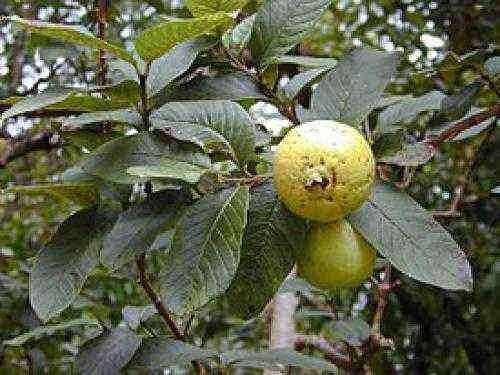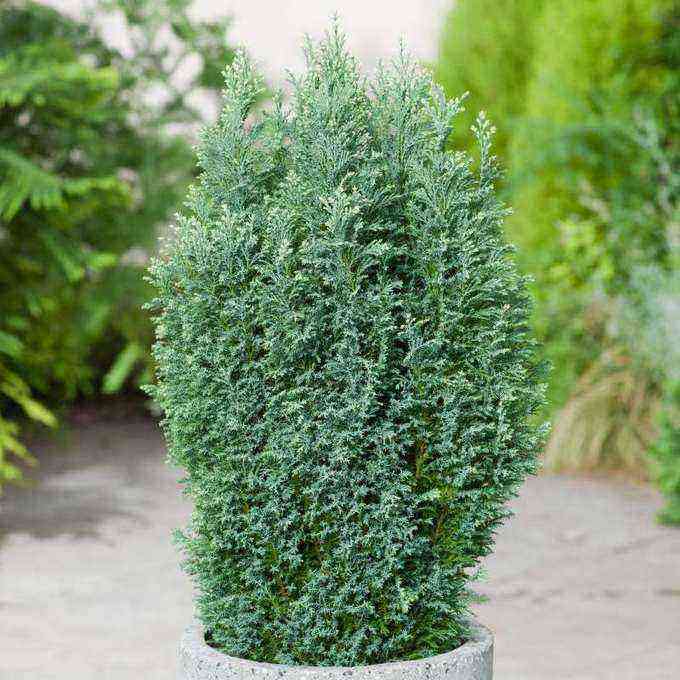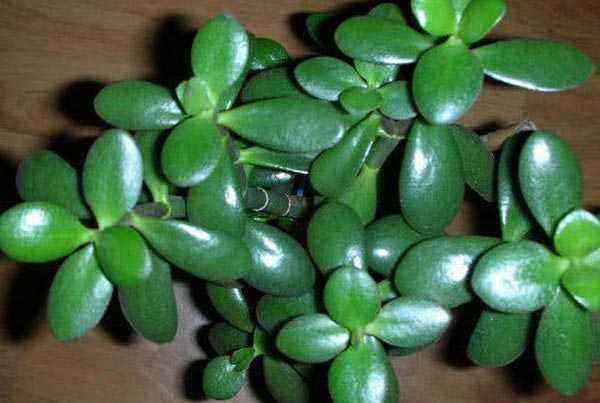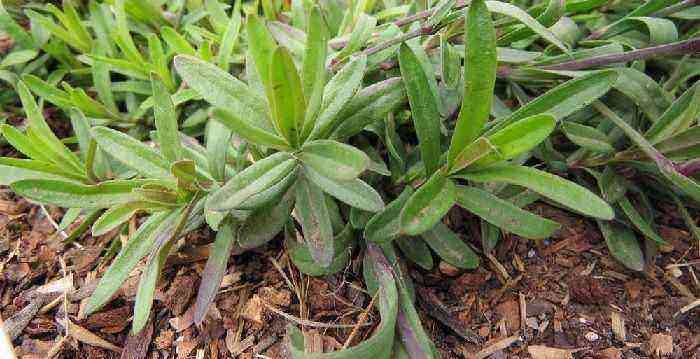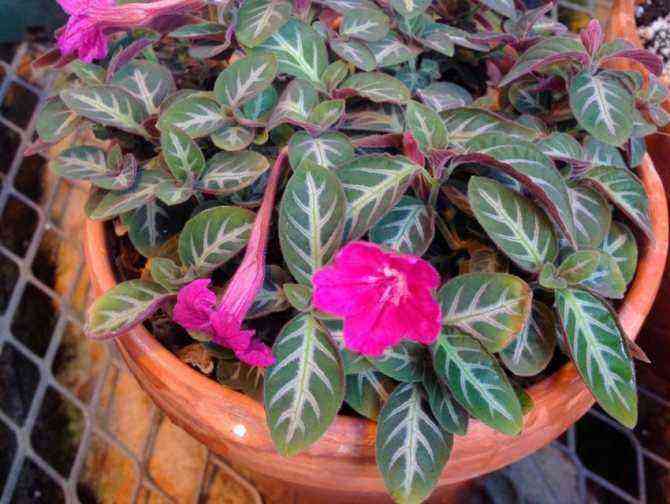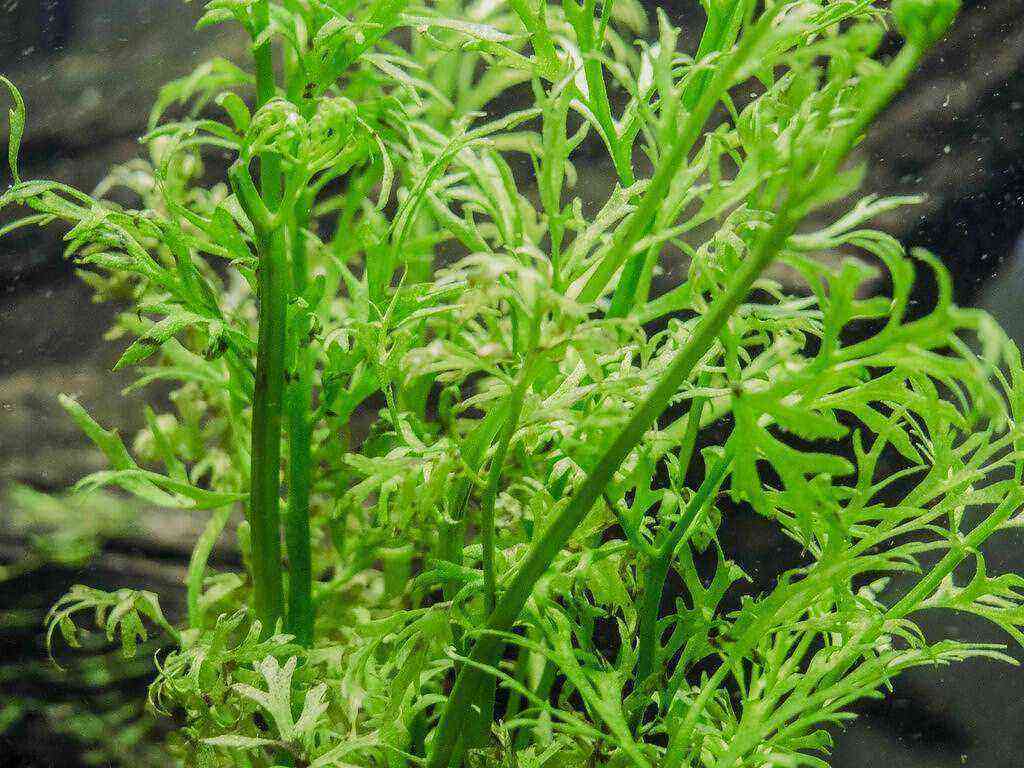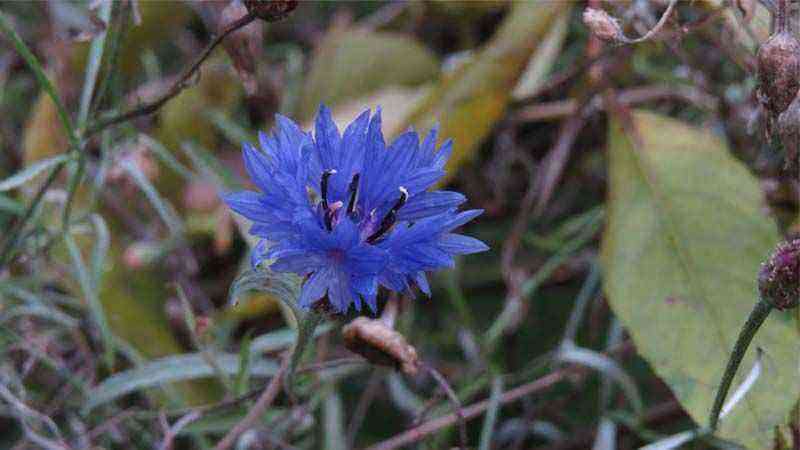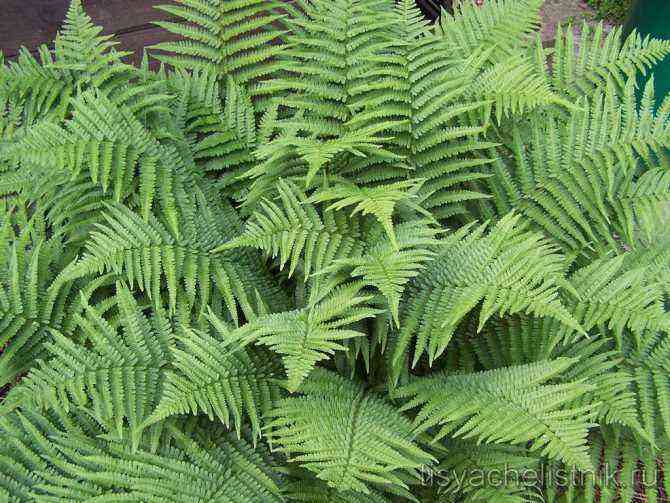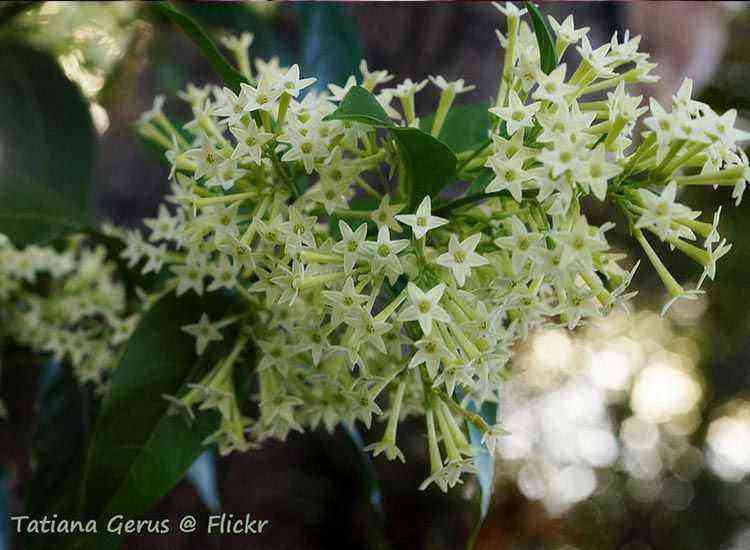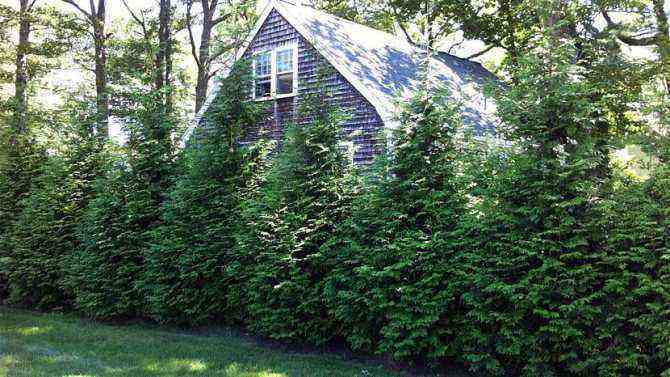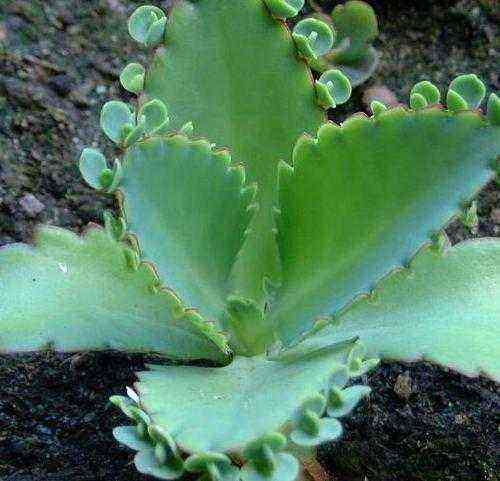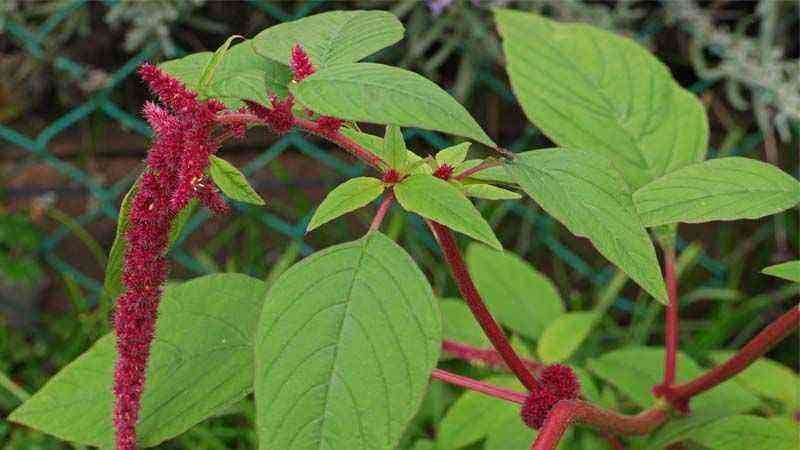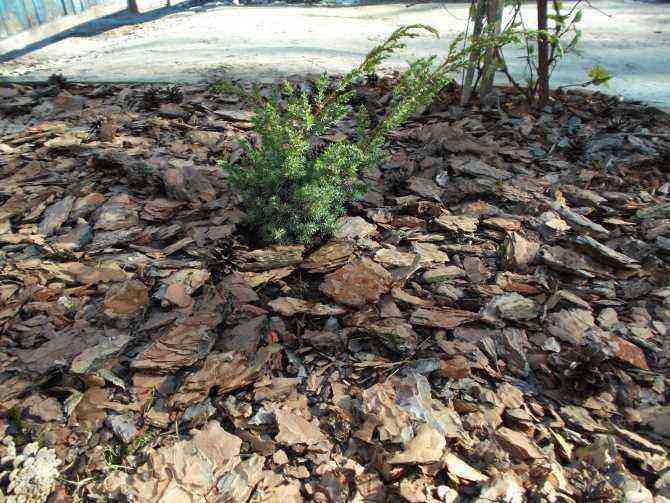In Central and South America this curious plant will be well known. On the other side of the Atlantic it may be known for its indoor cultivation but little else. It has nothing to do with any other indoor plant you can imagine. Its name says it all, both the common name and the scientific one: Old man’s head. Let’s take a look at its characteristics.
Characteristics of the old man’s head cactus (Cephalocereus senilis)
Originally from Mexico, this cactus is one that attracts attention. Neither its flowers, nor its shape are nothing to write home about. Also indoors we will not see it flourish, so what is so attractive? Seeing the name and the photo, we all have it clear. Their hair!
If you ever hear someone say that they have to go home to comb their cactus, you will know that it is a Cephalocereus senilis. It is a very long-lived species that can reach live a couple of centuries But let’s not get carried away by human analogies. The gray hairs are characteristic from the first moment and that is, what makes it different.
Flowering it is usually produced outdoors when the specimens reach a few meters (the longest). Indoors it is impossible or almost impossible. If someone succeeds, they will be deserving of recognition.
Although it has hair, it is still a cactus, and as such, it has yellow spines that are born just before the hair. They are right behind and however padded and soft it may seem at first glance, it is not convenient to throw your hand to caress it if you do not want to leave with a few painful punctures.
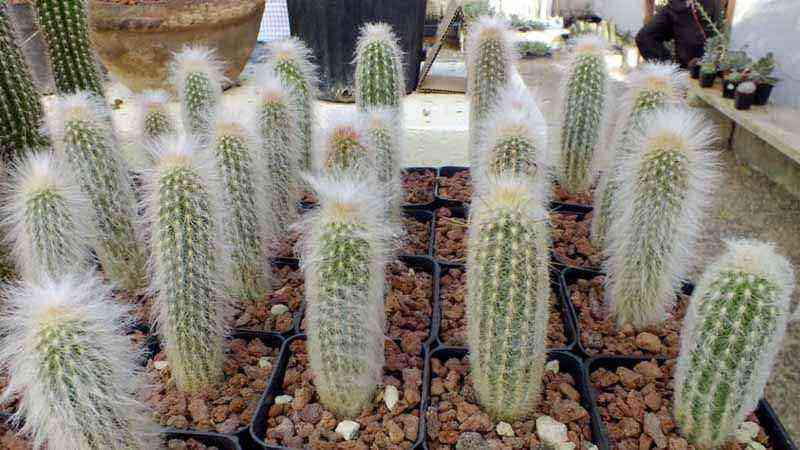

Growing conditions of Cephalocereus senilis
Temperature and sun exposure
Specimens grown outdoors with a certain age and size are capable of withstanding almost 0 ºC. If it is grown indoors, I don’t think it will reach that temperature because then you have a serious problem with the heating.
Even so, its ideal temperature is not very high temperatures as you would expect in a cactus. the optimum is around 15 ºC. In any case, the temperatures of a house 20 ºC do not suppose an excessive problem to him. In winter it should rest in the coolest part of the house and totally dry.
Sun exposure is an essential requirement. Needs full sun, even direct. The hairs that are so characteristic are those that act as protectors against excessively incident rays. In fact, a good sun exposure is what causes a greater growth of them, which after all, are what give it the grace compared to other cacti.
Irrigation and humidity
For now, it may be the houseplant with more moisture phobia of which we have written. It does not withstand even high ambient humidity continuously. The base is extremely sensitive and rot is ensured if watered or moistened. Irrigation must be sporadic.
So much so that you may have to forget the last time you watered it to proceed to the next watering, especially in winter.
Substratum
Very very drained. Moisture phobia should be remedied with a book drain. No water can be held at all. The normal mix for cacti is usually half soil or peat and half washed river sand. For this cactus we could reach a 40% earth / 60% sand ratio and it will thank us.
Very porous substrates special for cacti can be the following:
General cactus care
Apart from the basic growing conditions, it is worth mentioning the need to transplant every 2 to 3 years to a larger container although not too much, as in most cacti and succulents. The best season to do it is spring.

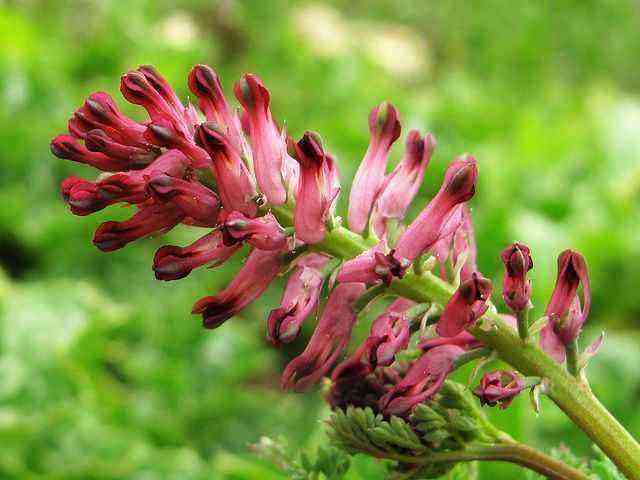
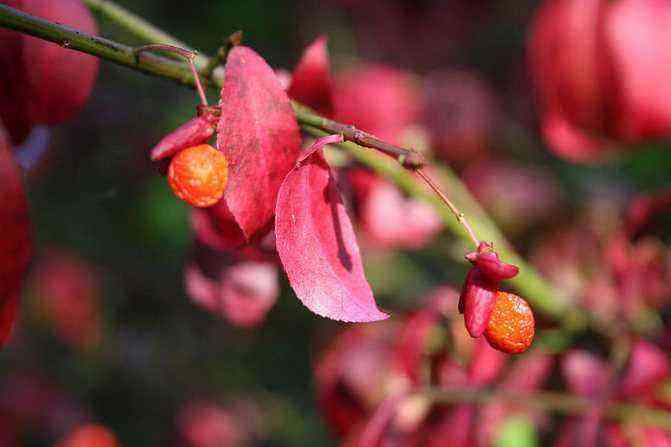
![Cultivo de Magnolia stellata [magnolia estrellada] Cultivo de Magnolia stellata [magnolia estrellada]](https://farmer-online.com/wp-content/uploads/2021/05/Cultivo-de-Magnolia-stellata-magnolia-estrellada.jpg)
